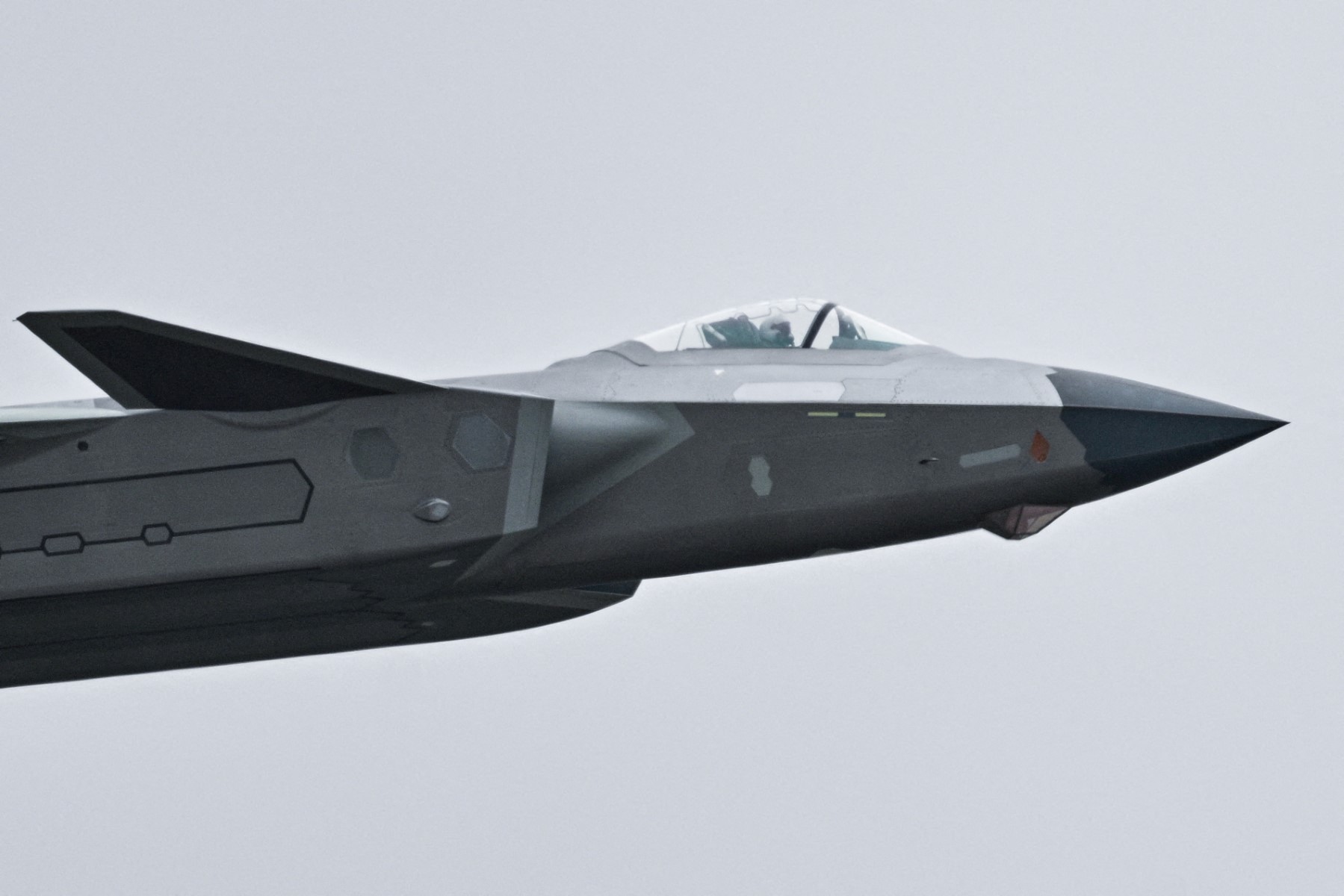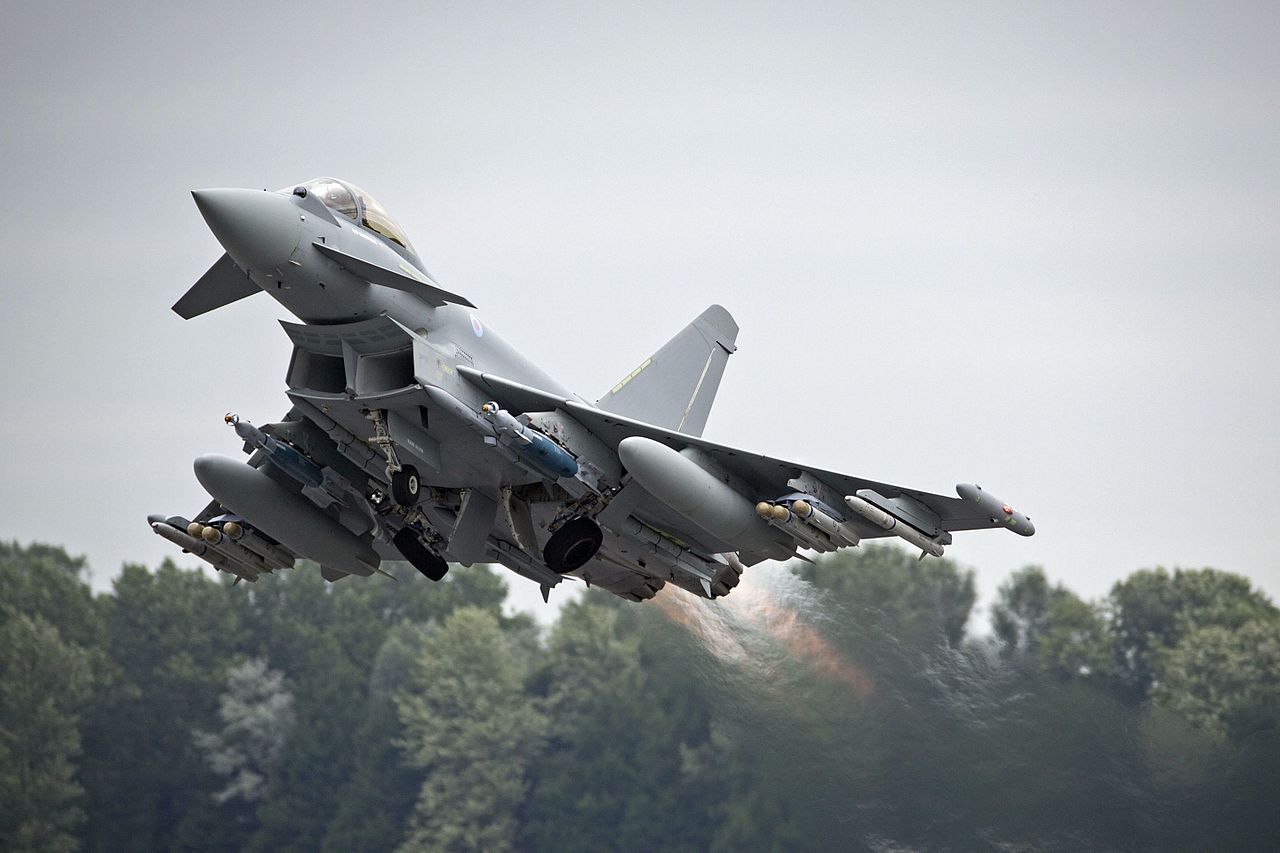This fighter jet was rumored to exist for nearly 50 years. And yet, no one has ever seen a video or even a picture of this aircraft.
Now, after more than five decades of mystery and intrigue, Beijing is finally lifting the veil from one of the greatest aviation secrets of our times, one that is worthy of a suspenseful action thriller.
Not only did the fighter jet, codenamed J-9, exist, but it also inspired a host of later Chinese fighter jets, including the 4.5-generation J-10C Vigorous Dragon and the fifth-generation stealth fighter jet, the J-20 Mighty Dragon.
In fact, both fighter jets have been in the news lately. The J-10C, for its claimed performance in the recent India-Pakistan war in May, where Islamabad claimed that it shot down as many as five Indian fighter jets.
On the other hand, the J-20 has been in the news as Chinese state-run CCTV recently claimed that the stealth fighter jet was able to fly as far as the strategic and heavily monitored Tsushima Strait near Japan and South Korea, and the Bashi Channel, a crucial choke-point located between the Philippines and Taiwan, without getting picked by any enemy radar.
If accurate, this claim is significant as both South Korea and Japan host more than 30 Patriot Air Defense batteries, as well as THAAD, one of the US’s most advanced AD systems.
Indeed, it will be interesting to study the fighter jet that left such a lasting legacy on the Chinese fighter jet designs and inspired a range of modern fighter aircraft.
The J-9: China’s Mystery Fighter Jet
In combat aviation, the Chengdu Aircraft Design and Research Institute of the Aviation Industry Corporation of China (AVIC), codenamed 611 Institute, is undoubtedly a prestigious name.
It has designed fighter jets as diverse as the Chengdu J-7 (Fishcan), the JF-17 Thunder, Chengdu J-10 (Vigorous Dragon/Firebird), and Chengdu J-20 (Mighty Dragon). It is also developing China’s sixth-generation fighter jet, the Chengdu J-36.

Recently, China’s state-run Global Times conducted exclusive interviews with researchers at the institute who have participated in the development of these advanced fighter jets.
During these interviews, the researchers also gave a peek inside one of the greatest combat aviation mysteries of our times – the existence of the J-9.
The researchers at the institute disclosed that not only did the fighter jet genuinely exist, but it also marked the starting point of the Chengdu Institute’s journey of self-reliant innovation.
Cold War & A Mystery Train With 300 Scientists
More than fifty years ago, in May 1970, during the height of the Cold War, a mysterious train carrying more than 300 researchers, engineers, and scientists quietly departed from Shenyang, Liaoning Province, Northeast China. It was headed south toward Chengdu, Southwest China’s Sichuan Province.
The passengers on this secretive train formed the core J-9 Team, dispatched to advance the development of the J-9 aircraft. After arriving in Chengdu, the team settled at the former site of an Air Force flight school, which later became the Chengdu Institute.
Although the J-9 project ultimately never took to the skies due to various practical constraints of the time, its development nonetheless left a valuable legacy for both the Chengdu Institute and China’s aviation industry, the Global Times reported.
The Canard Wing Design
According to the researchers at the institute, one of the lasting legacies of the J-9 is the canard configuration – a layout that has become a hallmark of Chinese fighter jets, from J-10C to J-20.
A canard wing design features a forward-mounted horizontal surface (the canard) placed ahead of the main wing, instead of the traditional rear-mounted tailplane. This configuration can enhance maneuverability, improve stall characteristics, and reduce main wing loading.
The Chinese engineers at the Chengdu Institute proposed adding a small forewing ahead of the tailless main wing to improve the aircraft’s lift characteristics. This marked the inception of the canard configuration in Chinese fighter jets.
“This layout had no precedent either in China or among technologically advanced nations like the US and the Soviet Union,” Xie Pin, a veteran researcher at the Chengdu Institute, recalled with a smile. “At the time, the only vaguely similar design internationally was Sweden’s Saab 37, but its canards were fixed. Ours was an original innovation.”
Xie further explained that although the J-9 program was eventually terminated, the canard configuration was carried forward into later aircraft models such as the J-10 and J-20, where it was further developed and its advantages fully realized.
Even though the J-9’s canard configuration might have inspired J-10 and J-20, still, the Chinese claim of original innovation must be taken with a pinch of salt.
The fact remains that by the 1970s, a host of countries had experimented with canard configuration. Among them, the most prominent is the Swedish SAAB. Two of its fighter jets, the Saab J 35 Draken (first flight 1955) and the JA 37 Viggen (first flight 1967) featured canard wing designs.
Furthermore, the Israeli Kfir (first flight 1973) also featured canard wing designs.

By the 1980s, canard wings were quite popular with fighter jets all over the world. They had made their appearance in several fighter jets, including the Eurofighter Typhoon, Rafale, Saab JAS 39 Gripen, and the Su-30, apart from the Chinese J-10C.
BVR Missiles
Another lasting legacy of the J-9 was the interception weapon system. In the 1970s, the US and the Soviet Union had already started designing and developing beyond visual range (BVR) air-to-air (AAM) missiles.
However, in China, the J-8, which was contemporary with the J-9, was being developed with an aircraft gun as its primary weapon and AAMs only as its secondary weapons.
This changed with the J-9, which featured AAMs.
“As a latecomer, this was a crucial step in our later exploration of beyond-visual-range air combat,” Xie said. He also noted that these significant research achievements led Song Wencong, the chief designer of the J-10, to say that without the J-9 as a foundation, there would have been no J-7Ⅲ or J-10.
Xie said that at the time, it was unclear how this interception system should be employed in actual combat. “So, I submitted a proposal to the institute,” he said, “recommending the establishment of a specialized tactical performance and future development research group dedicated to studying air combat tactics and the evolution of future aircraft.”
Incidentally, today, China has some of the longest-range BVR missiles in the world. The Chinese PL-15, which Pakistan apparently used in its air duel with the Indian Air Force in May, is one of the most advanced AAMs in the world.
Xie recalled that when the J-9 program was terminated, Song instructed the tactical performance and future development research group to work on new ideas and carry forward the learnings from the J-9 project.
These new projects and designs ultimately laid the foundation for the J-10 and J-20 aircraft.
- Sumit Ahlawat has over a decade of experience in news media. He has worked with Press Trust of India, Times Now, Zee News, Economic Times, and Microsoft News. He holds a Master’s Degree in International Media and Modern History from the University of Sheffield, UK.
- VIEWS PERSONAL OF THE AUTHOR.
- He can be reached at ahlawat.sumit85 (at) gmail.com




